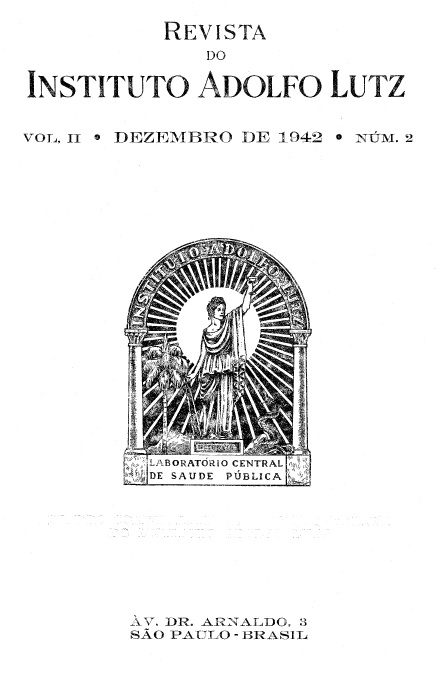Some phytophotodermatitis induced by sensitizing vegetables
Abstract
The author deals, in this work, with the Phytophotodermatitis occuring after contact with parts of fig tree or their fruits, pointing out especially the resulting pigmentation. The hypercromy is brought out as fundamental diagnostic sign, not only because it is sometimes the only photosensibilization symptom present but also because of its peculiar shape and color. The brown bronzed color has characteristic hues; the shape gives it more importance. In most cases the macules are not inexpressively round, oval or irregular. On the contrary, its shape suggests the image of fluid which might have run down over the skin, leaving its mark, as it dries up. The bigger macules have undulated borders which break up, sometimes, in undulated streaks running downward, often anastomosing to limit islands of normal skin. Other macules look as though they were sprinkled, or look like rundown drops or they are like digital impressions. They all show the preexistence of the external action of a liquid substance. The action of light, as disclosing is indispensable, as Kitchevatz showed, since the fig substance represents, in these cases, the photocatalysing element. The author publishes nine cases of his own and in some of them he makes through exposition of the clinical picture and the circunstances which allowed the phenomenon to take place, especially regarding time elapsed between the contact with the liquid and the manifestation of the lesions. It is stressed that the photosensibilizing action remains latent for long time, which permits the flaring up of the dermatosis at the first sunlight exposition even when this occurs many days after the contact. Besides, the author calls attention to the fact that washing the skin immediately after the contact does not prevent the lesions, contrary to what Straton states. In three of the cases observed by the author the Phytophotodermatitis appeared after sun exposure although the skin had been washed after the contact with the fig latex. The divergence from Straton may perhaps be due to the bigger or smaller intensity of the contact. Finally the author invokes Kuske hypothesis about the possibility of all photodermatitis, due to the percutaneous-exogen sensibilizing action of active vegetable substance, having the same etiology. The would all be caused by the same group of chemical substance present in plants capable of photosensibilizing action according to Kuske, the furocumarins. It is up to those working with chemically pure substance of vegetable origin, to say the last word on such interesting chapter.
Published
1947-01-23
How to Cite
Rossetti, N. (1947). Some phytophotodermatitis induced by sensitizing vegetables. Revista Do Instituto Adolfo Lutz, 7(1-2), 60-74. Retrieved from https://periodicoshomolog.saude.sp.gov.br/index.php/RIAL/article/view/33172
Issue
Section
ORIGINAL ARTICLE










